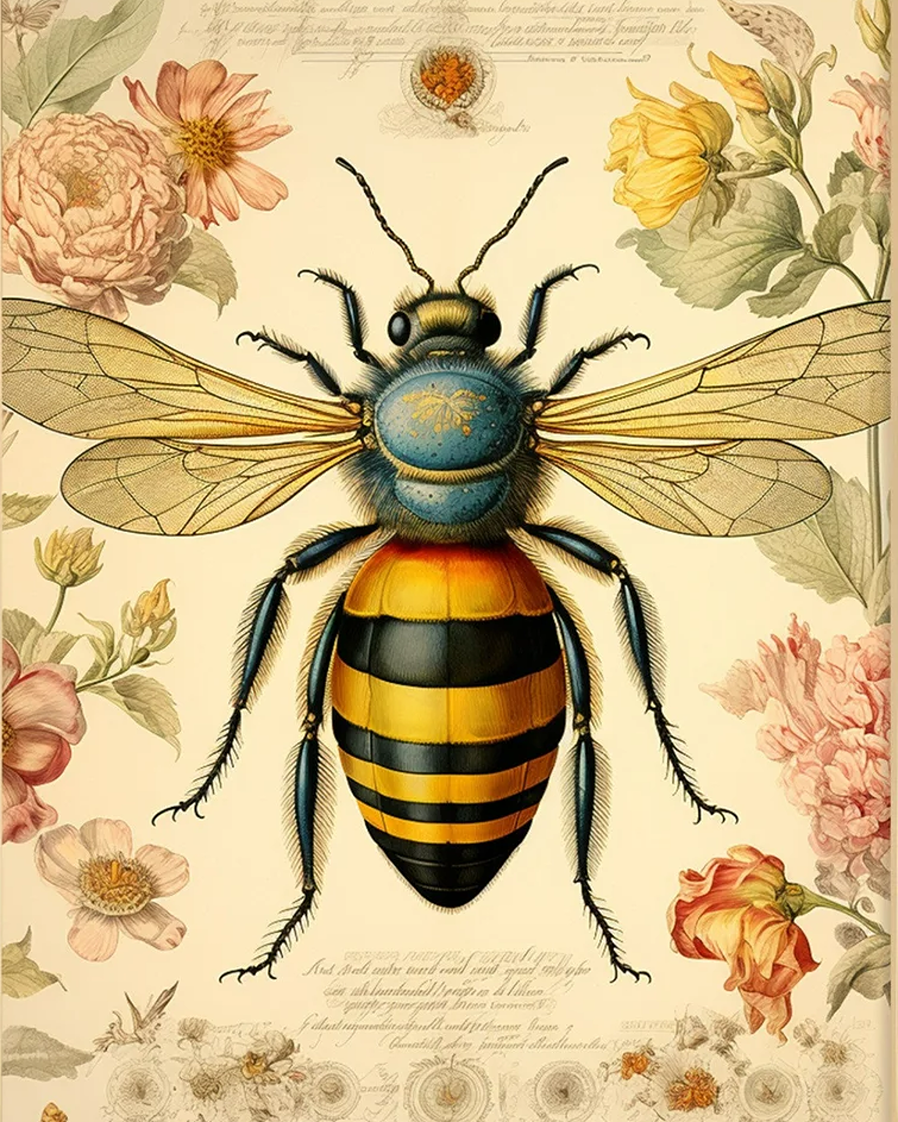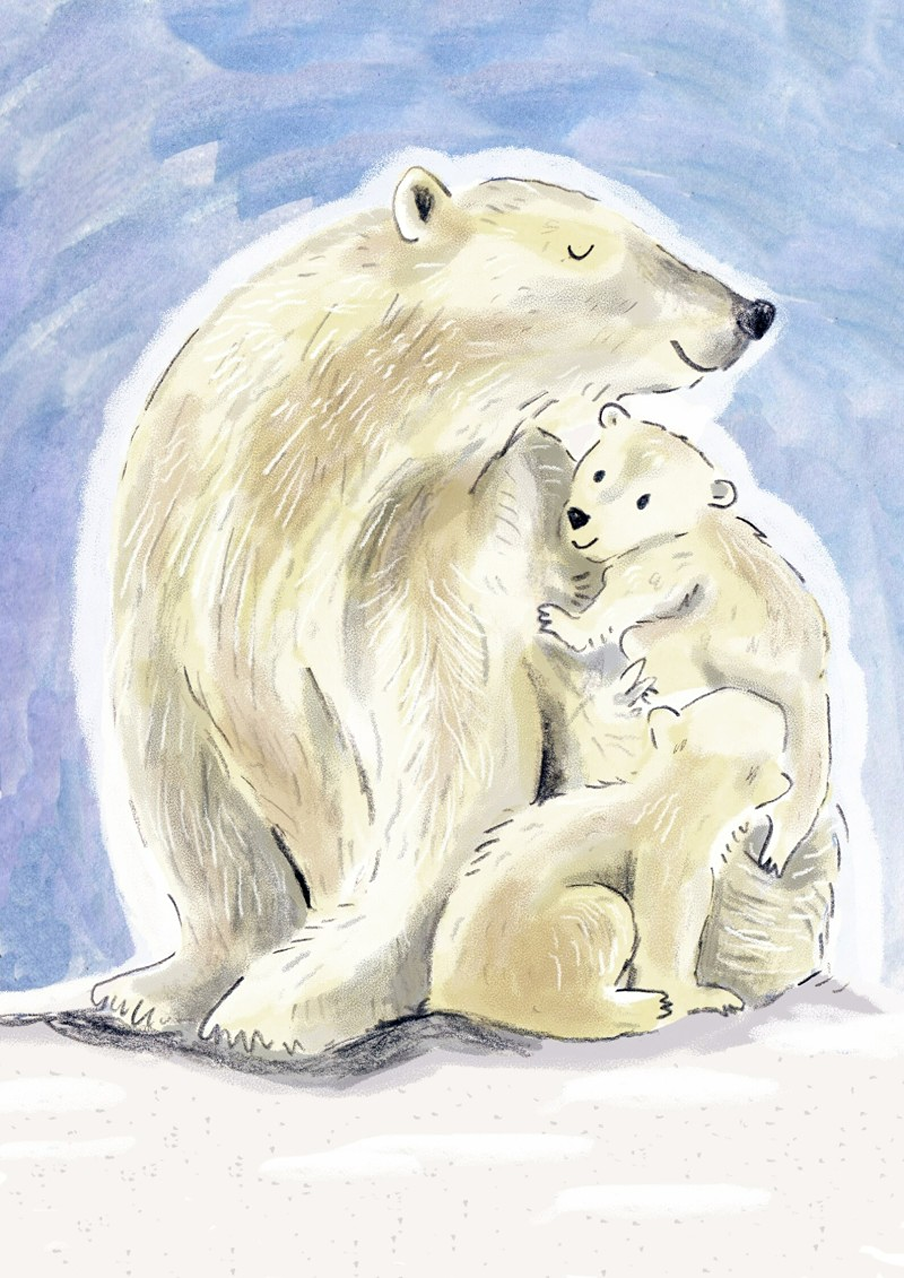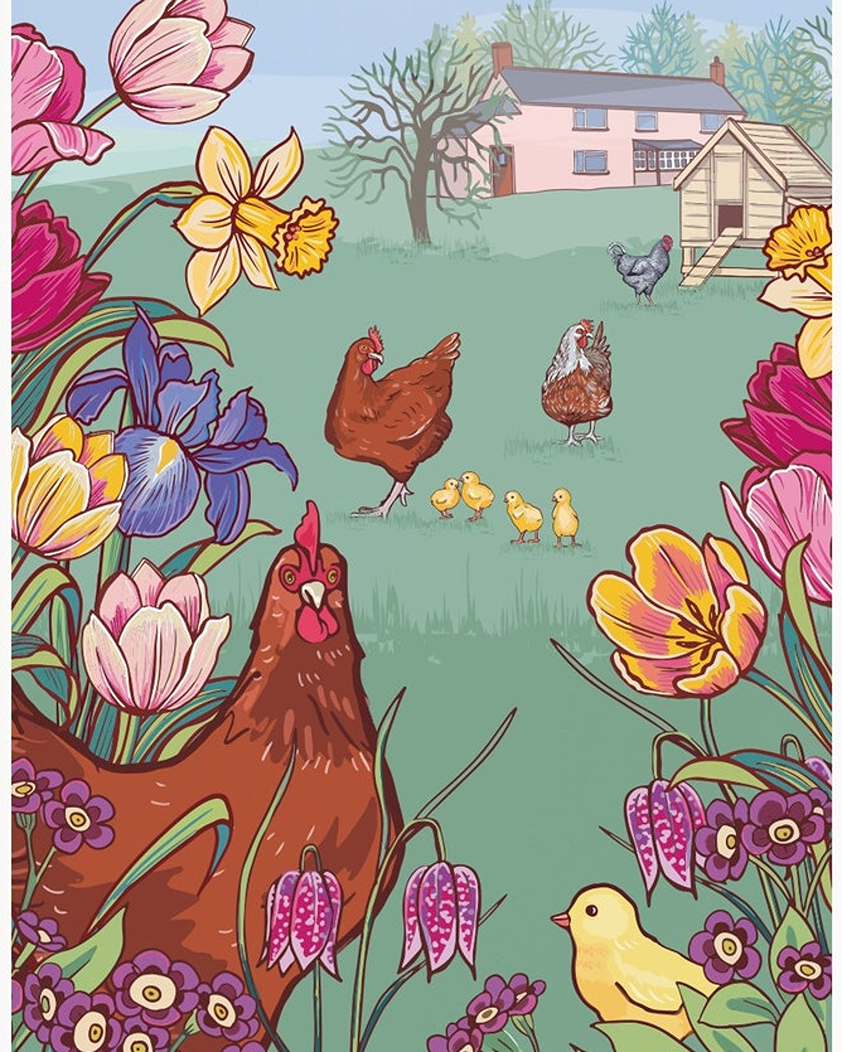Simple Ideas to Humanely Deter Wasps

Despite not being as popular bees, wasps are important pollinators and (like ladybirds) eat aphids.
Wasps have a knack for turning a sunny afternoon into a flurry of swats and nervous glances. For those of us who enjoy eating outdoors or tending the garden, a sudden rush of wasps can spoil all the fun.
Although wasps help control pests and pollinate some plants, their stings hurt and can be dangerous for anyone allergic. But there’s no need to reach for harsh chemicals or traps that harm wildlife. Instead, try humane ways to keep wasps at bay.
Keep Food and Sweets Covered
Wasps love sugar. Fizzy drinks, cakes and ripe fruit attract them in droves. If you’re eating outside, keep all food and drink in sealed containers or covered with lids and mesh domes.
This simple habit cuts off one of their main attractions and helps everyone relax in peace.
Remove Fallen Fruit and Rubbish
Fallen apples or plums provide an easy feast for wasps, especially from late summer into autumn. Collect any fallen fruit from your trees quickly and dispose of it securely, using compost bins with tight lids. Make sure outdoor bins are sealed and rubbish isn’t left lying around.
Use Plants Wasps Dislike
Planting herbs and flowers with scents that wasps avoid is an easy and attractive solution. Mint and basil are known to put them off. Place pots of these near seating areas, doorways or where you want to deter visits.
Some plants are toxic to animal friends. Read our post on pet-friendly gardens.
Hang Up Decoy Nests
Waspinator is looks like a brown paper bag to us, but a wasp’s nest to a wasps. These highly territorial insects will then avoid the area. You can then transport it to ‘puff up’ when having a picnic or camping. Many reviews say it works within 10 minutes!
Scientifically proved to work, it simply mimics an enemy wasp nest. You can use it under table umbrellas or trees, or around house eaves and in your loft or garage.
Note it’s important to use before the Queen sets up shop, and then wasps will bring fruit and your leftover sticky drinks and cakes to her, prevention is better than cure!
In North America, some people buy more than one to create ‘wasp fences (it will not work for all species, and although it may work for some hornets, the latter is nosier and may fly closer to realise it’s not a wasp nest, but it may be worth a try).
This invention also saves NHS funds, as it reduces the amount of stings that need treatment (some people have serious allergic reactions, requirement hospital care).
Block Entry Points
Check for gaps or cracks around windows, doors, eaves and sheds. Wasps love to nest in small cavities, so block these entry points with sealant or wire mesh.
Entice Wasps Elsewhere
Wasps need water but aren’t strong swimmers. Place shallow dishes of water with marbles or pebbles as landings, far away from where you socialise.
Then wasps can drink without struggle, and you are directing them to a safer place, away from people and pets.
Avoid Fragrant Perfumes and Bright Clothing
Bright floral patterns and strong scents draw wasps’ attention. When spending time outdoors, choose light, plain clothing and avoid perfumed sprays or lotions.
This small change makes you less interesting to wandering wasps, looking for flowers!
Move Sweet Plants Away from Seating
Flowers like lavender, fennel and sweet peas attract both bees and wasps. Keep these plants away from doorways, patios and picnic tables.
Grow them at the far end of the garden, so wasps get their fill without bothering your guests or your meal.
Don’t Swat or Panic
Wasps respond to sudden movement and aggression. Swatting at them makes them more likely to sting. Stay calm, move slowly and give them a chance to fly away.
This helps avoid any unwanted drama and reduces the risk of getting stung.
Use Cabbage as a Hidden Ally
Cabbage might not be the first thing you think of in a wasp battle, but it can help. Cabbage leaves don’t attract wasps and can even be used as a buffet alternative for garden insects that entice wasps.
Historically, cabbage fields in England saw fewer wasp problems during harvest because wasps were drawn elsewhere. Consider planting cabbages or using discarded leaves in your compost heap to shift wasps’ attention. Plus, cabbage is tasty, healthy and easy to grow!
Issues with Wasp Sprays
England has up to one million wasps per square mile, and traditional wasp sprays and traps are cruel and contain chemicals that harm other wildlife and are dangerous near children and pets.
And they don’t work, because a wasp that dies from poison sends out panic signals (the company states that ‘kill a wasp and five more will come to its funeral’).
We don’t want to eliminate wasps as they play a part in ecosystems, this invention simply sends them elsewhere to nest in the wild. When wasps see another nest, they simply view it as another nest and immediately fly away.
How to Prevent and Treat Wasp Stings
- Don’t walk barefoot, and wear long trousers and sleeves. Also don’t wear bright colours or have strong smells (deodorants, perfumes etc).
- Wasps even like wet towels to drink water from!
- If you have an allergy, wear a medical alert bracelet and carry an Epi-Pen so someone can jab it into your thigh, if you have a reaction.
- If you are stung, scrape (don’t pull) the stinger immediately with a fingernail, credit card or dull knife, wash with soap and water, then apply ice (10 minutes on/off) for an hour, keeping limbs raised if stung on arms or legs.
- Apply a paste of baking soda & water and leave for 20 minutes (or use a wet tea bag). Monitor for an hour and call 999 for serious reactions.
- Advice for pets with wasp stings is similar – scrape the sting away, apply a cooled towel and baking soda/water paste, and contact your vet for allergic reactions or serious stings (including in mouths).






